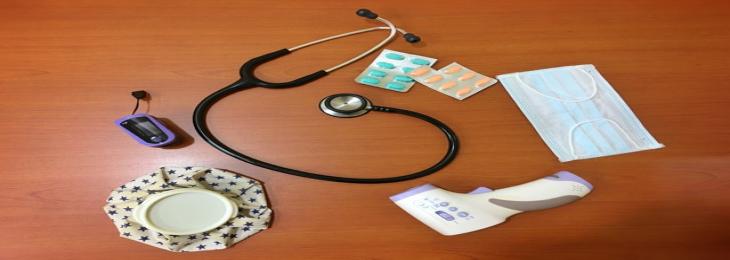
In the clinical study, led by researchers at the Dana Farber Cancer Institute, over half of patients with non-small-cellular lung cancer (NSCLC) having have mutation in the gene HER2, their tumors stopped growing and shrinking for an extended period after a drug was treated that hits a chemotherapy agent in a very precisely focused antibody.
Around 3% of NSCLC's non-squamous carry a HER2 mutation (also referred to as ERBB2) — representing almost 6,000 new cases per year in the US. These tumors are generally poorly predicted and often metastasize the brain and are more frequent in persons who have never smoked than those who had a smoking history. While HER2-targeting drugs are successfully utilized for the treatment of protein over supplies of breast and gastric cancers, none of these are permitted for NSCLC patients. These individuals are consequently usually treated with regular chemotherapy or immunotherapy that is only of limited efficacy in previously treated patients.
In the current study, antibody-drug combination trastuzumab deruxtecan was treated with a phase 2 clinical trial termed DESTINY-Lung01 in those patients with metastatic HER2-mutant NSCLC whose malignancy was resistant to standard therapy. The combination comprises of a HER2 targeting antibody linked to a medicine known as an inhibitor of topoisomerase I that hinders cancer cells' ability to copy their DNA to death. The agents pack both accuracy and punch as a unit. The combination has been authorized to overexpress the HER2 protein in treating breast and cuticular tumors, and is being studied in NSCLC for cancer with a mutant protein variant.
In total 91 patients were enrolled. Around 54.9% had an absolute answer to trastuzumab deruxtecan, which would control or shrink their cancer. The median time of the treatment response was 9.3 months, with a median survival time of 8.2 months prior to disease. Overall, there was 17.8 months to the median survival of those who reacted. Nausea, exhaustion and hair loss were the most prevalent side effects. As a result of treatment, 24 patients acquired interstitial lung conditions or lung scarring.






